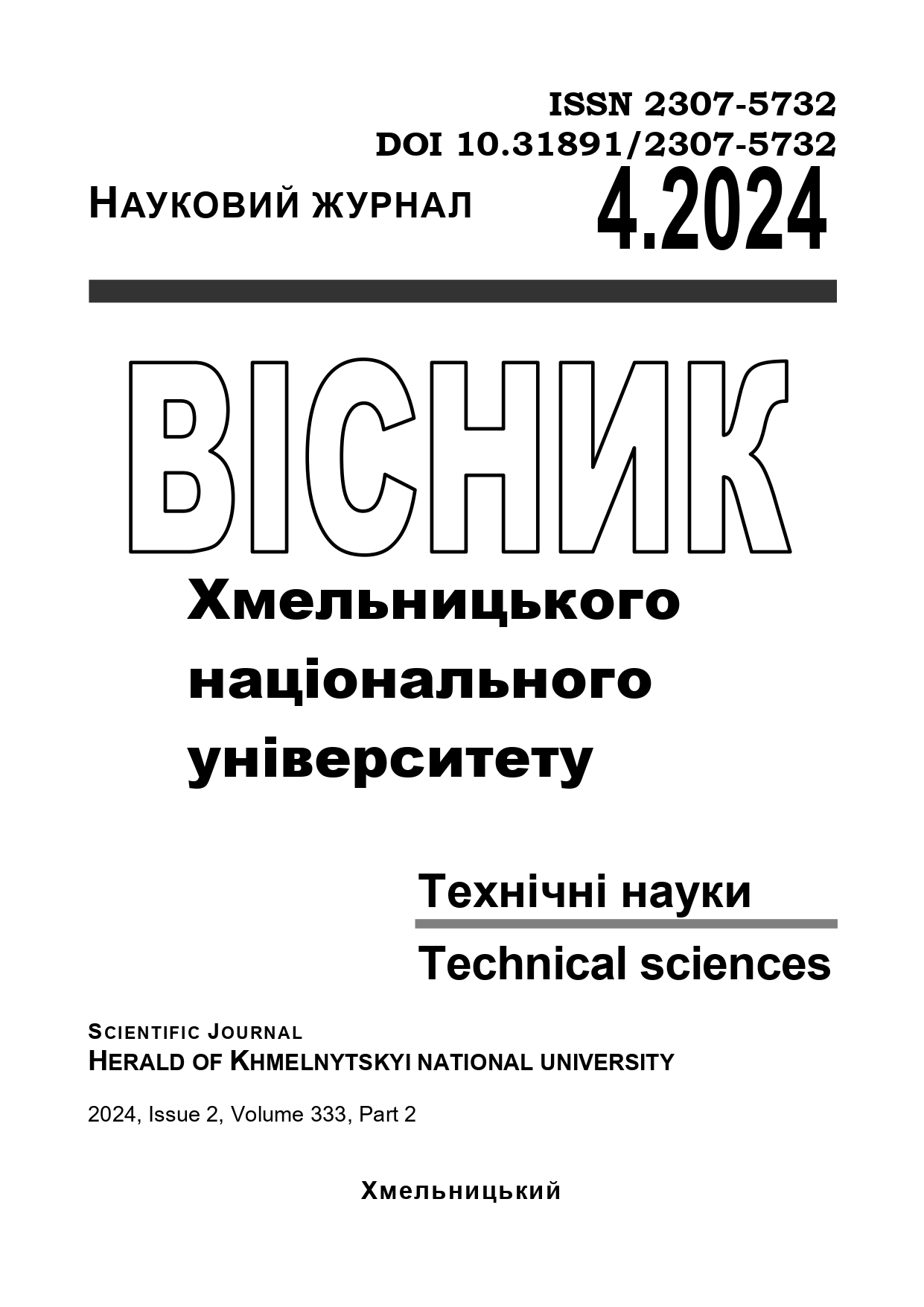DIAGNOSTIC OF POWER TRANSFORMERS USING THE METHOD OF FREQUENCY RESPONSE ANALYSIS
DOI:
https://doi.org/10.31891/2307-5732-2024-339-4-18Keywords:
power transformer, transformer core, winding, insulation, frequency response analysisAbstract
Aging of the main production assets of power stations and system-forming substations, the need to extend the period of operation are the main reasons that determine the need for the widespread introduction of new methods of assessing the technical condition of the main equipment of power stations and substations. One of the methods that allows to obtain additional information about the state of the magnetic circuit, windings and insulation system of power transformers is the frequency response analysis method. However, the available documents regulating the procedure for measuring and analyzing the results of the frequency response are largely based on the experience of the direct executor of the work, who performs the preparation of measurement schemes, measurements and analysis of the obtained results.
The work considers: the requirements of existing regulatory documents, recommendations of international organizations and reports of research groups on the preparation and implementation of the measurement of the frequency response of the transformer, the main defects that can be detected by the method of frequency response analysis, measurement schemes and frequency ranges on which certain defects are displayed, a mathematical apparatus for analyzing the results of measurements and their evaluation criteria.
The limit values of the correlation coefficients and coefficients of the absolute sum of logarithmic errors in the specified frequency ranges are proposed, which makes it possible to determine the state of the transformer based on the results of the frequency response analysis. For such defective states as radial or axial deformation of the winding, total volumetric displacement, or winding turns, frequency ranges and limit values of correlation coefficients and coefficients of the absolute sum of logarithmic errors are proposed for additional confirmation of the indicated defective states by means of capacitive and inductive measurements of the frequency response between transformer windings. Classification of the degree of development of defects is also proposed.

